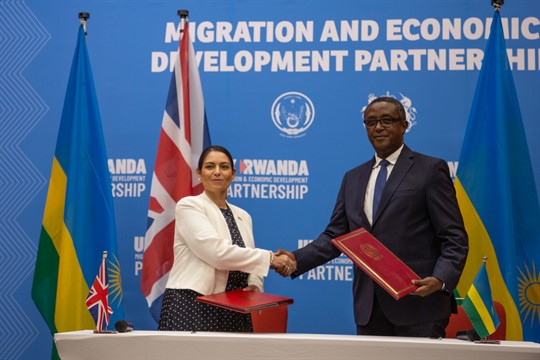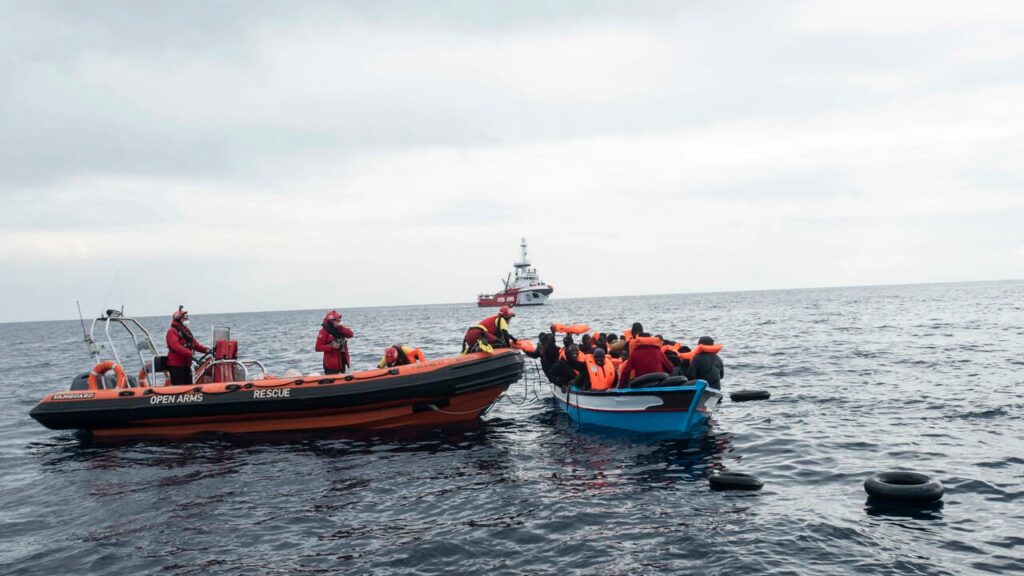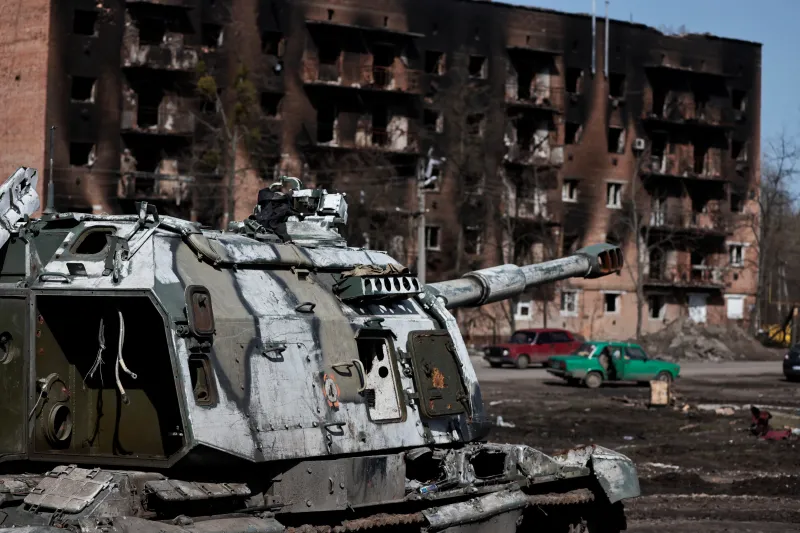French embassy returns to Kyiv

The French embassy was re-established in Kyiv this weekend after security conditions were deemed “acceptable” in the Ukrainian capital.
The French embassy returned to Kyiv on Friday (15 April), while it continues to advise French nationals against travelling to Ukraine formally. Before the re-establishment, the embassy was moved to Lviv, where it had been functioning since 28 February.







